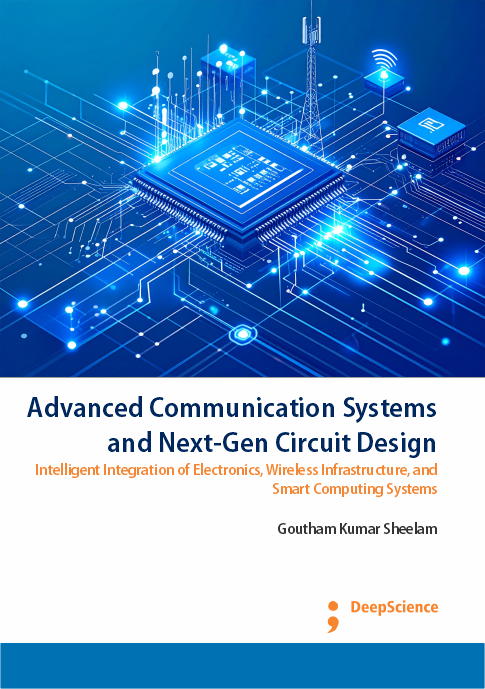Crossing the physical limits: Nanotechnology, 3D stacking, and post-moore architectures
Synopsis
Erasing the physical limits of traditional scaling not only addresses the upcoming challenges of classical architectures deeply impacted by saturation but also opens the door to the exploration of new unconventional solutions for the most demanding applications, such as quantum computers, neuromorphic devices, or ultra-low-power edge AI systems. Nanotechnologies, advanced materials, and engineering paradigms, as well as novel functionalities infused by quantum effects, are the key ingredients of these solutions.Although the trend continues for low-complexity classical architectures, nowadays, its viability is limited and increasingly challenging (Ahmed & Choi, 2025; Banerjee & Silva, 2025; Khan & Yu, 2025). Traditional scaling is degrading into ever-increasing cost and power consumption for diminishing performance improvements, even for leading-edge domestic processors. Moreover, devices originally classified as classical architectures, such as GPUs, TPUs, and other AI-accelerators, are suffering from architecture-specific physical limits that are far more aggressive than generic rational models would predict. Thus, as their performance requirements mushroom, many applications are left dangling — especially in the demanding domain of High-Performance Computing — because no affordable level of performance can be found on available high-end commercial microprocessors.Datacenters and enterprise applications have capitalized on the performance disparity of HPC devices over commodity microprocessors for a long time. Aiming to create disruptive and not merely incremental innovation and exploiting the known technical advantages of avoiding portable constraints for power consumptions — complex thermal and energy managements are in fact not applied in large datacenters — researchers are embarking on investigations of radical solutions. Recourse to quantum computers, ultra-low-power edge AI systems, and specialized neuromorphic devices fueled by phase-change materials, ferromagnetic materials, and nanomagnets is being explored.













